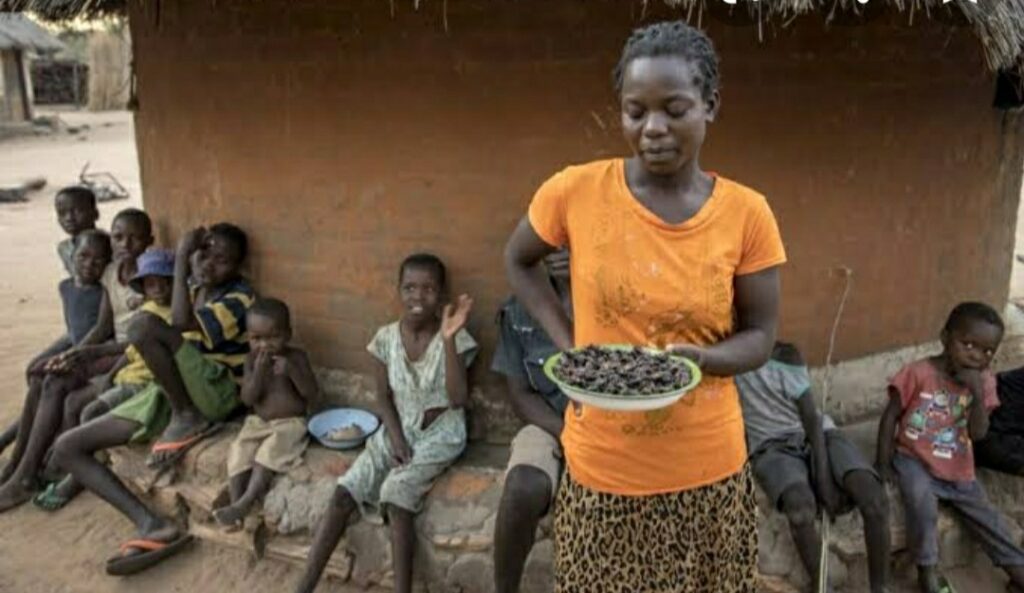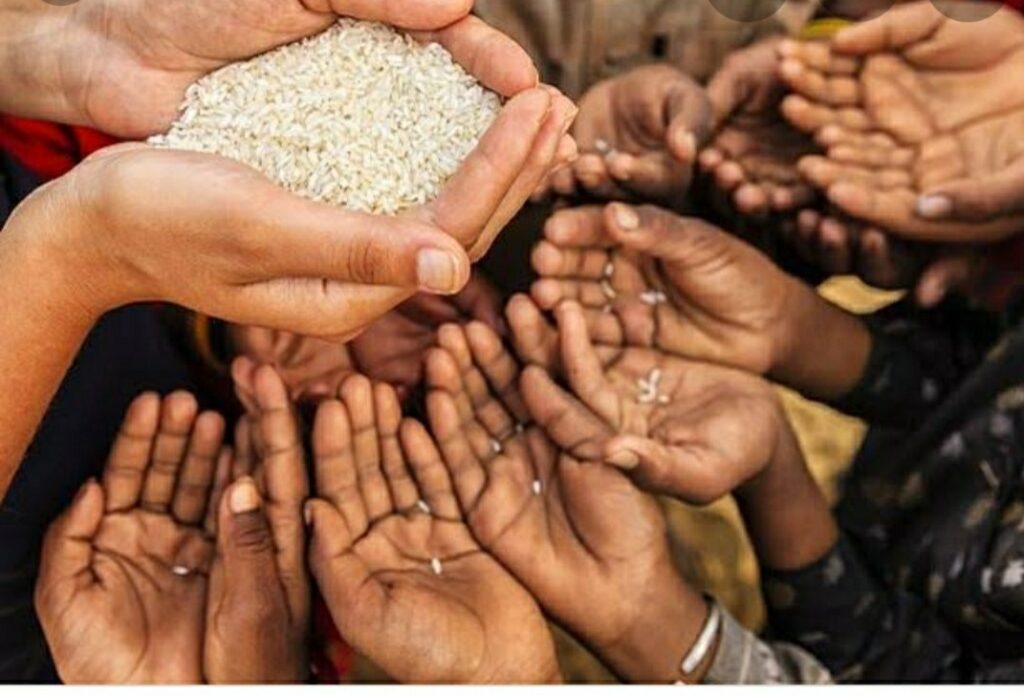
Mother nature have never been biased in showering its love in form of various resources we receive from it -like food ,water and life but sadly, when the finer food gets distributed, knowingly or unknowingly we can see a glimpse of inequality in distribution of these resources, where tonnes of food is being wasted in a single day, there are simultaneously numbers of people sleeping with empty stomach just dreaming about a happy and full meal a day where exploring all cuisines is a savage, Simultaneously there are number of people who crave to taste bread once in their lifetime. Sustainable development goal 2 focuses on creating a environment by the year 2030 where everyone gets access to healthy and nutritious food, attain food security and practice sustainable agriculture.
Hunger and undernourishment have always been a by-product of poverty, as a result of which low or middle income countries are always facing these vulnerability. A trace of Inequality have also been seen in the hunger status, women are more likely to face food insecurity, and undernourishment than men ,the largest gape of which is seen in Latin America. The number of undernourished people reached 821 million in the year 2017, also in the same year Asia Accounted for 63 % of the world’s hungry; adding to it, 121 million children under the age of 5 which accounts to 22% were stunted in the year 2017. Moving on to further such figures of facts There are 1 out every 3 reproductive women who are anemic, more than 1 out of 8 adults are obese Adding up to the problem, Obesity and overweight is increasing which accounts to dominantly middle aged and school going children. The hunger and famine vulnerability are paramount is AFRICA AND ASIA . Africa has faced the highest rates of hunger in the world. In Eastern Africa, a third of a population is undernourished, also the largest number of undernourished people live in Asia, mostly in southern Asia countries, Asia is sadly accountable for more than 9 out of 10 children to be stunted and around 9 out of 10 children are wasted due to consumption of unhealthy and low nutritious food.
Apart from these figures there is a piece of good news also, according to the UNDP report, the number of undernourished people have dropped by almost half since the last two decades because of growth in economy and development of technology in agricultural and production sector, resulting to which various developing countries that previously suffered from famine and hunger are now enjoying nutritious diet.
There is a tool used to measure the hunger status of the country, region and collectively all known as global hunger index (GHI). According to the global hunger index 2020, it is a tremendous task to achieve no hunger status globally but it can be possible if we globally practice one health approach which focuses on a recognition of interconnections between humans, animals, plants including the role of fair trade relations. It guides us to maintain food and nutrition security keeping in mind environment, human, animals and plants heath.
No hunger goal is a vast objective spreading its arm not only towards creating a 0 hunger environment but also towards promoting sustainable agriculture, supporting small scale farmers, providing them with equal access to land, technology and market. It also ensures international cooperation for investment in infrastructure and technology.
We can individually give our part for creating a 0 hunger environment by 2030 by simply taking conscious efforts to not waste food, support agriculture and technology, by supporting small scale farmers and most importantly by spreading awareness towards hunger, good insecurity and famine crisis.




